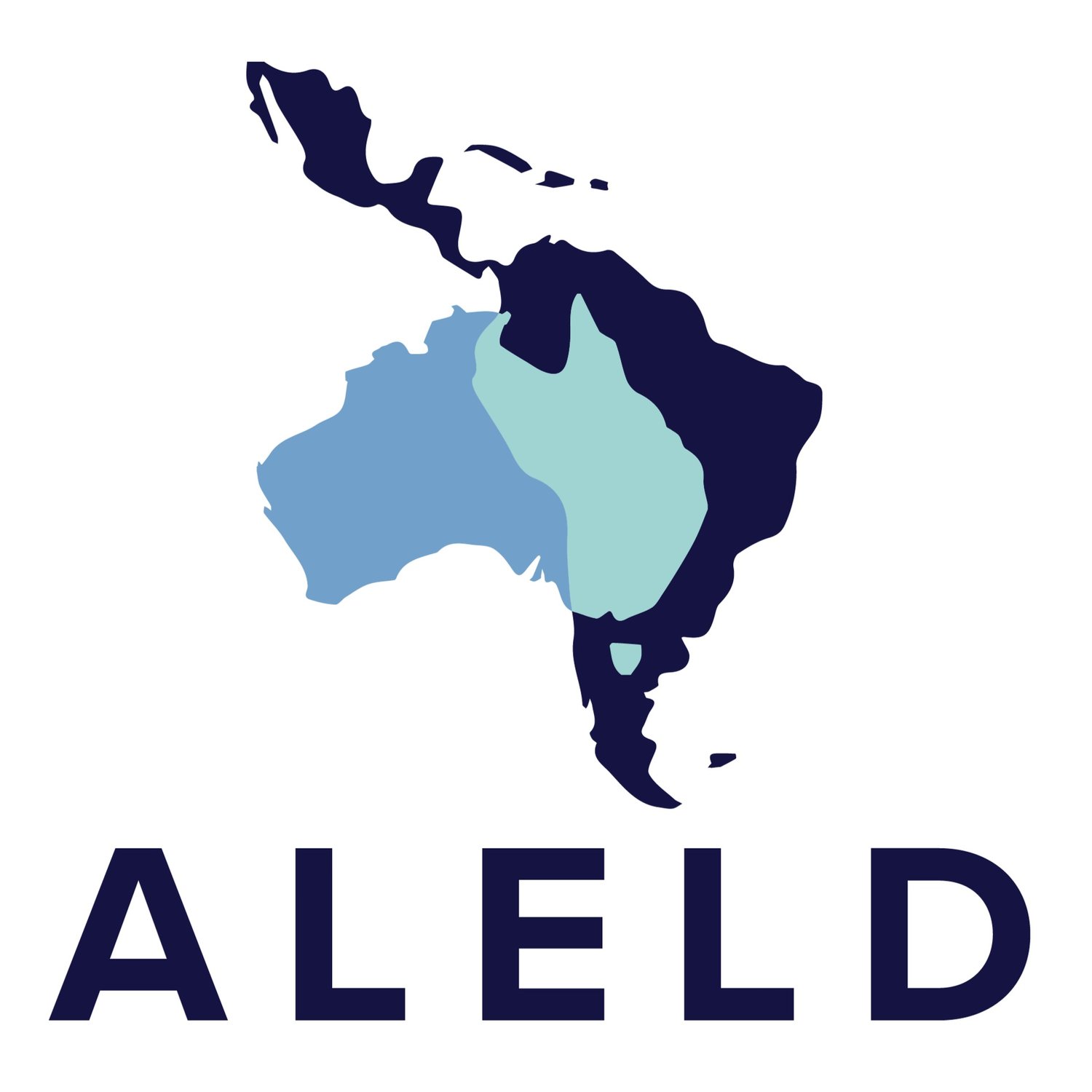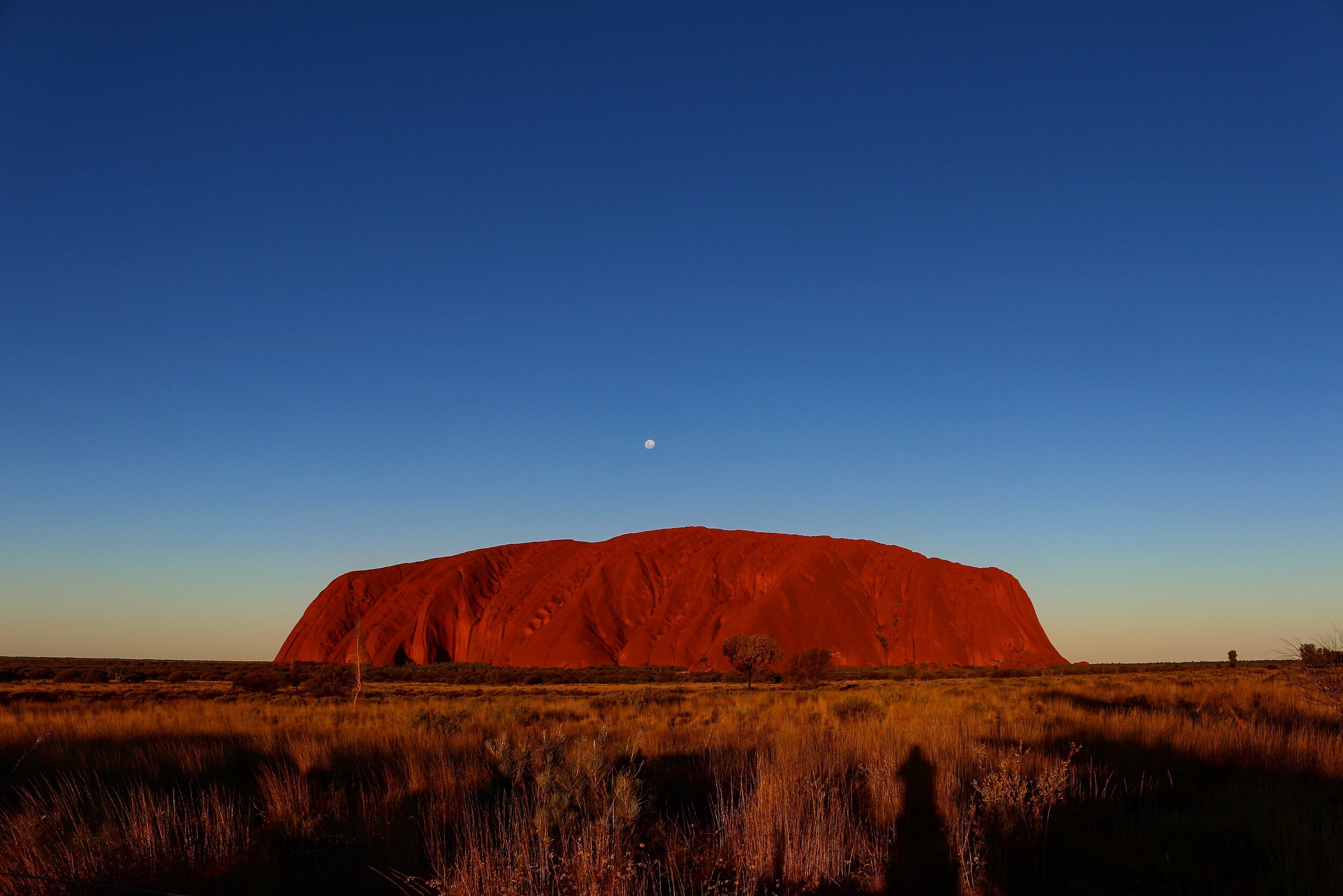Do Australian and Latin American Indigenous Peoples Share a Common Past? EN|ES
According to different studies, it seems Australia and Latin America might share common ancestry. Researchers have found that some Indigenous groups (especially in the Amazon tribes) share genes with Indigenous groups in Australia, New Guinea, and the Andaman Islands.
Although these discoveries are still a mystery, there are two hypotheses that could explain this phenomenon:
The first idea suggests that a group of Indigenous peoples travelled from Siberia to America around 25,000 years ago across the Bering Land Bridge that connected Asia and America, and they established themselves in North America. This population was then divided into two groups, and one of them travelled to South America
The other suggestion is that the Americas would have been populated in two different migration waves, and one of them would be linked to the Australasian genes.
Surprising, right?
But even if this is only hypothetical, Australian and Latin American Indigenous communities still share a very similar historical background.
Indigenous communities
Australia and New Zealand, as well as Peru, Bolivia, Colombia, Chile, Argentina, and other Latin American countries, were initially populated by Indigenous peoples, before the arrival of European colonisation.
Indigenous peoples of Australia are most commonly referred to as Aboriginal and Torres Strait Islander peoples, but they can be also referred to as the First Nations of Australia, the First Peoples of Australia, and the First Australians. They inhabited Australia and the Torres Strait Islands, between Australia and Papua New Guinea. Before British colonisation, there were more than 500 groups (or ‘nations’) on the continent, each with their individual language, culture, traditions and beliefs. The Australian Bureau of Statistics census data shows that in 2016 they represented 3.3% of the population in Australia.
In Aotearoa (New Zealand), Maori are the Indigenous peoples who arrived in the country more than one thousand years ago from Polynesia. A very interesting fact is that they travelled from Hawaiki, but if one tries to find it on the map, this island cannot be found. Hawaiki is believed to be an island from an archipelago in the South Pacific Ocean. Today, one in seven New Zealanders identify as Maori.
Across the globe on the other side of the Pacific Ocean is Latin America, where there are more than 800 Indigenous communities representing a total of 45 million people (that is 8% of the continent). There are some Indigenous communities that currently live in big, highly populated cities like Mexico City or Quito, as well as in more distant rural areas to maintain their traditional living practices. In countries like Brazil and Ecuador, it is believed there are many Indigenous communities that have never been identified, since they live deep in the Amazon rainforest with no contact with the rest of society.
European Colonisation
These two continents were both colonised by Europeans.
In the Americas, European colonisation started when Christopher Columbus (or Cristóbal Colón in Spanish) arrived on the 12th of October of 1492 to Guanahani (The Bahamas) in three ships knows as caravels: La Pinta, La Niña and La Santa María sent by the Spanish Monarchy.
Interestingly, Columbus remained convinced that he had arrived in Asia, and despite popular belief, he did not “discover” America, nor was he the first European to visit the “New World” as it was known in this time period. Columbus and his crew encountered the Indigenous communities that had been living on the continent for millennia before their arrival.
Similarly, Captain James Cook set sail seeking the “unknown southern land” Terra Australis Incognita, working for the British Crown in 1768. He reached New Zealand in 1769 and Australia in 1770, and he would claim this region for the British Crown.
Both in Latin America and Oceania the celebration of these “discoveries” have been questioned due to the rising awareness of the violence, enslavement and genocide inflicted upon Indigenous peoples during colonisation, and their continued marginalisation to this day.
These commemorations celebrated a questionable concept: settler colonialism, which in its definition is a form of colonialism that seeks to replace the original population of the territory with a new society of settlers, developing over time a distinctive identity and sovereignty – establishing therefore “settler societies.”
In Argentina for example, the 12th of October is no longer celebrated as the “Discovery of America” or “Día de la Raza” as it was until 2010, but this public holiday is now called “Cultural Diversity Day” (Día de la Diversidad Cultural) that encourages a historical reconsideration, intercultural dialogue, and respect for native peoples.
Australians on the other hand, find themselves in a controversial discussion, and critics say Australia is the only country of the Commonwealth who has not yet been able to confront its colonialist past or adopt a treaty with its Indigenous peoples.
However difficult the history of our continents has been, they are undoubtedly similar and connected, which we can only hope serves to create further empathy between our countries and cultures, bringing us closer together, not only in distance.
De acuerdo a diferentes estudios, pareciera que Australia y América Latina podrían tener ascendencia en común. Investigadores han encontrado en algunos grupos indígenas (especialmente en las tribus del Amazonas) genes en común con los grupos indígenas de Australia, Nueva Guinea y las Islas Andaman.
Aunque este descubrimiento aún es un misterio, cuenta con dos hipótesis diferentes que buscan explicar este fenómeno:
La primera sostiene que un grupo viajó desde Siberia a América hace alrededor de 25,000 años a través del puente de Bernigia que conectaba los continentes de Asia y América, y se establecieron en América del Norte. Esta población luego se dividió en dos grupos y uno viajó a Sudamérica.
Otra corriente afirma que América fue poblada por dos olas migratorias diferentes. Una de las olas estaría conectada con los genes de Australasia.
Sorprendente, ¿verdad?
Aunque éstas aún son sólo meras hipótesis, la realidad es que Australia y América Latina sí comparten antecedentes históricos muy similares.
A continuación una rápida lectura que lo demuestra:
Comunidades Indígenas
Australia y Nueva Zelanda, al igual que Perú, Bolivia, Colombia, Chile, Argentina, y otros países de América Latina, fueron inicialmente pobladas por pueblos indígenas antes de la colonización europea.
Los pueblos indígenas de Australia son comúnmente conocidos como: Aboriginal and Torres Strait Islander peoples, pero también son llamados First Nations of Australia, First Peoples of Australia y First Australians. Habitaron Australia y las Islas del Estrecho Torres, entre Australia y Papúa Nueva Guinea. Antes de la colonización británica, había más de 500 grupos (o “naciones”) en el continente, cada uno de ellos con su propio idioma, cultura, tradiciones y creencias.
Los datos del censo recolectado por el Australian Bureau of Statistics muestra que en 2016 representaban un 3.3% de la población de Australia.
En Nueva Zelanda, los pueblos indígenas Maori llegaron al país hace más de mil años desde Polinesia. Un dato muy interesante es que ellos viajaron desde Hawaiki, pero si uno intenta buscarlo en el mapa, la isla no aparece. Se cree que Hawaiki es una isla de un archipiélago en el Océano Pacífico Sur. Hoy, uno de cada siete neozelandeses se identifica como Maori.
En la otra punta del globo cruzando el Océano Pacífico se encuentra América Latina, donde (de acuerdo a la Comisión Económica para América Latina y el Caribe) habían más de 800 comunidades indígenas en el 2010, lo cual representaba un total de 45 millones de personas. Esto es el equivalente al 8% de la población del continente latino. Algunas comunidades indígenas nativas actualmente viven en grandes ciudades con alta densidad poblacional como la Ciudad de México o Quito, y otras en zonas rurales distantes manteniendo sus prácticas tradicionales. En países como Brasil y Ecuador, se estima que existe una gran cantidad de comunidades indígenas que nunca han sido identificadas, ya que habitan en la profundidad de la selva Amazónica sin contacto con el resto de la sociedad.
Colonización Europea
Ambos continentes tienen además antecedentes similares históricos ya que los dos han sido colonizados por europeos.
En las Américas, la colonización comenzó con la llegada de Cristóbal Colón el 12 de Octubre de 1492 a Guanahani (Bahamas) en tres carabelas: La Pinta, La Niña y la Santa María enviado por la Monarquía Española.
Curiosamente, Colón estaba convencido de haber llegado a Asia, y a pesar de la creencia popular, Cristóbal Colón no “descubrió” América, ni tampoco fue el primer europeo en conocer el “Nuevo Mundo”, como se le llamaba en ese período. Colón y su tripulación se encontraron con las comunidades indígenas que llevaban habitando el continente por miles de años antes de su llegada.
De manera similar, el Capitán James Cook zarpó en su exploración marítima buscando Terra Australis encomendado por la Corona Británica en 1768. Llegó a Nueva Zelanda en 1769 y a Australia en 1770, donde proclamaría las regiones en nombre de la Corona Británica.
Las celebraciones de estos “descubrimientos” han sido cuestionadas en los últimos años tanto en América Latina como en Oceanía. Dicho debate se da debido a la creciente concientización de la violencia, esclavitud y genocidio que se ha perpetuado a las poblaciones indígenas durante la colonización y su continua marginalización hasta la fecha.
Estas conmemoraciones celebraban un concepto muy cuestionable: el colonialismo de colonos/colonialismo de asentamiento, que en su definición es una forma de colonialismo que busca reemplazar a la población originaria del territorio por una nueva sociedad, desarrollando a través del tiempo una identidad distintiva y soberanía propia, estableciendo las denominadas “sociedades de colonos”.
En Argentina por ejemplo, el 12 de Octubre ya no se conmemora el “Descubrimiento de América” o el “Día de la Raza”, así llamado hasta el año 2010. Este feriado es ahora denominado “Día de la Diversidad Cultural”, que promueve una reconsideración histórica, el diálogo intercultural y el respeto por los pueblos indígenas nativos.
Por su parte, los australianos se encuentran en una discusión controversial, y los críticos destacan que Australia es el único país de la Commonwealth que aún no ha confrontado su pasado colonialista o adoptado un tratado con su población indígena.
Esta reflexión podría servir para crear una mayor empatía entre nuestros países y culturas, acercándonos, y no sólo en términos de distancia.
Content Disclaimer
The views expressed in this article are those of the author and do not necessarily represent the views or opinions of the Australia-Latam Emerging Leaders Dialogue.


